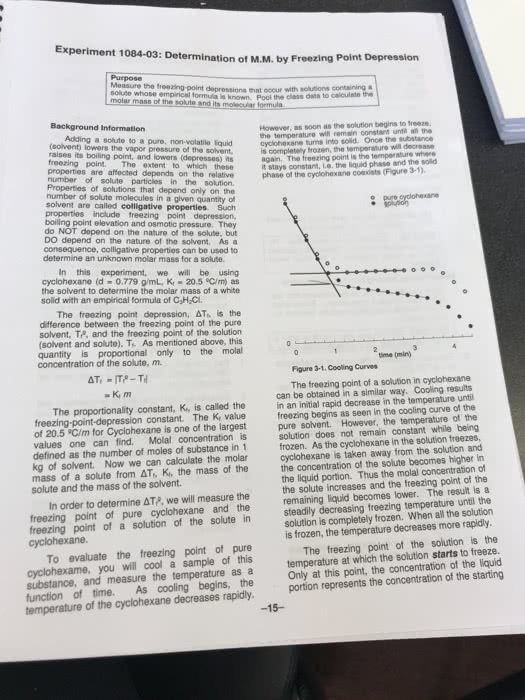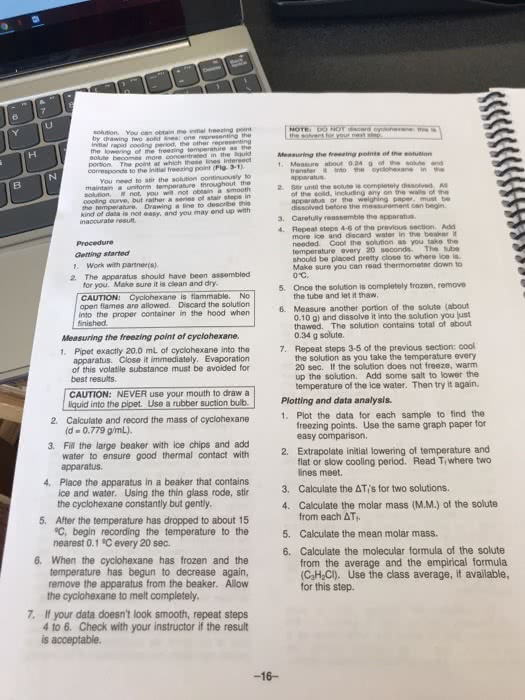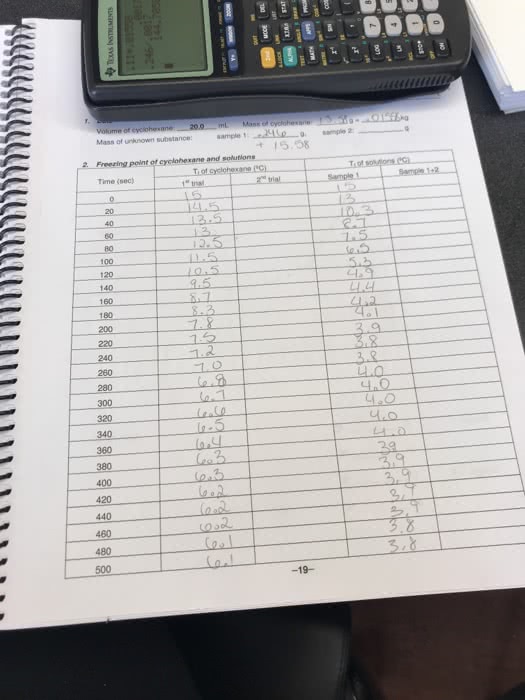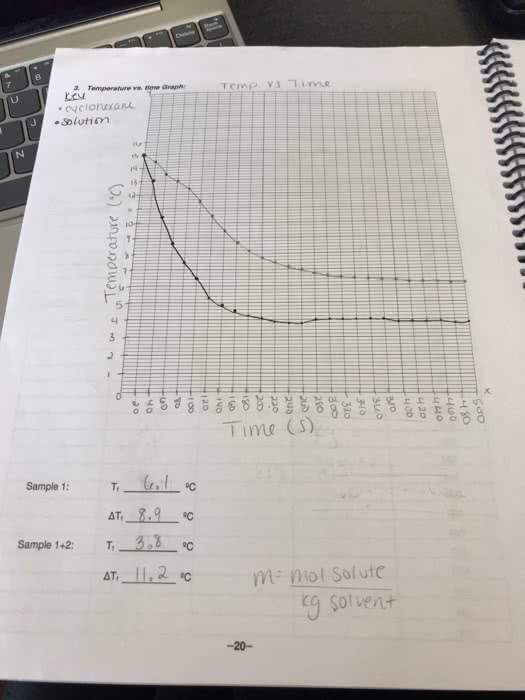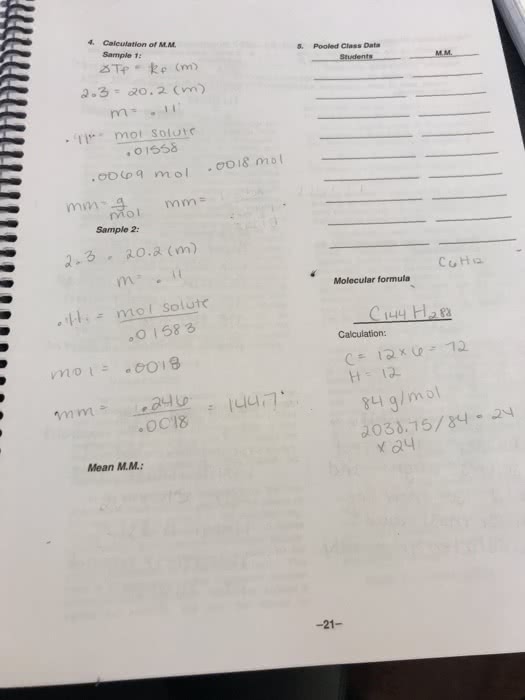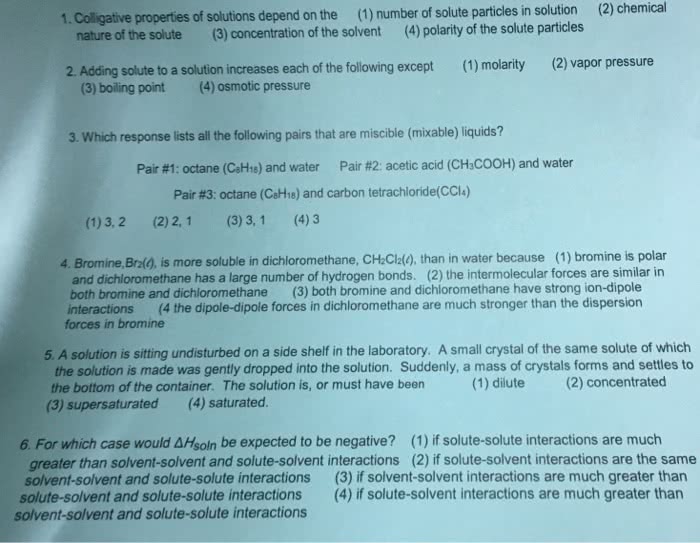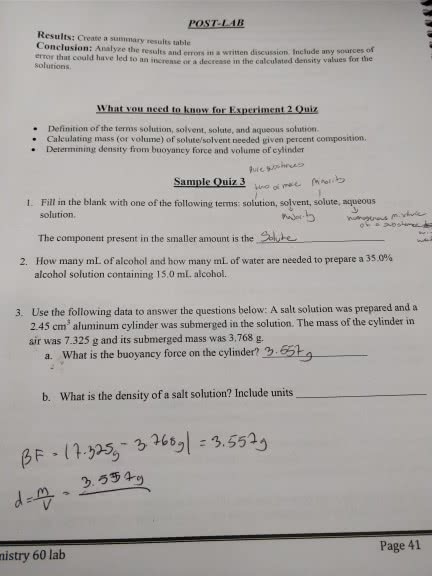CH-1010 Chapter Notes - Chapter 8: Ionic Compound, Chemical Equation, Strong Electrolyte
41 views10 pages
14 Nov 2016
School
Department
Course
Professor
Document Summary
A solution is a homogenous mixture of two or more substances. Though we usually think of solutions as liquids, homogenous mixtures of solids and gases also exist. The substance present in the greatest proportion in a solution is called the solvent, and all the substances dissolved in it are solutes. Solutions in which water is the solvent are called aqueous solutions. The concentration of an aqueous solution is expressed as a ratio of the mass of the solute to the total volume or mass of the solution. Some concentration units are based on mass-to-mass ratios. Other concentration units are based on mass-to-volume ratios. Though the density of water changes with temperature, it is within 0. 0003 units of 1. 000 kg/l between 0. We need to express their concentrations in units based on moles of and 25 c. Environmental scientists and especially oceanographers prefer to use. In many environmental and biological systems, solute concentrations solute per mass or volume of solution.
Get access
Grade+20% off
$8 USD/m$10 USD/m
Billed $96 USD annually

Homework Help
Study Guides
Textbook Solutions
Class Notes
Textbook Notes
Booster Class
40 Verified Answers
Class+
$8 USD/m
Billed $96 USD annually

Homework Help
Study Guides
Textbook Solutions
Class Notes
Textbook Notes
Booster Class
30 Verified Answers

